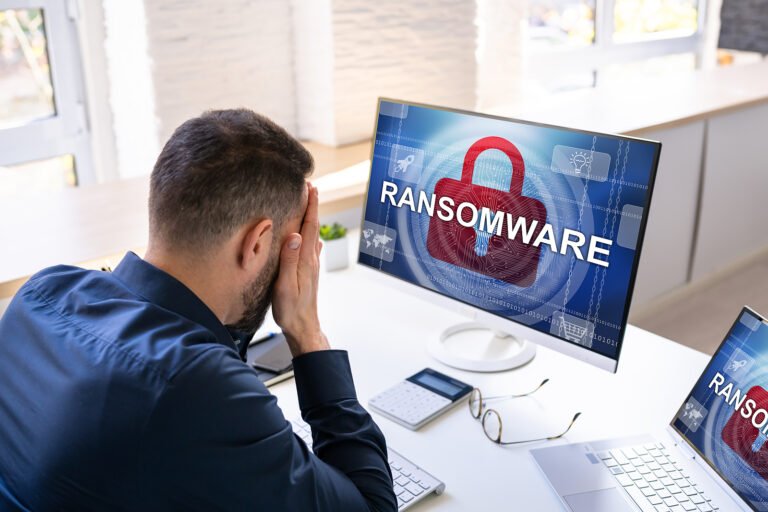Essential Insights
-
Mandatory Reporting: Australia now requires businesses with a turnover of $3 million AUD or more, including critical infrastructure entities, to report ransomware and cyber extortion payments within 72 hours of making such payments.
-
Comprehensive Reporting Requirements: Reports must detail the cyber incident, attackers’ demands, communication, ransom amount, and any non-monetary benefits given, as well as submitted via the Australian Signals Directorate’s online form.
-
Initial Guidance Period: The Department of Home Affairs will assist organizations with compliance in the first six months, shifting to a stricter regulatory focus starting January 1, 2026.
- Information Utilization: Collected reports aim to enhance understanding of threat actors and malware, improve responses to cyber threats, and inform future legislative measures, addressing the crucial issue of underreported ransomware incidents.
Key Challenge
In a strategic response to the rising tide of cyber extortion and ransomware incidents, Australia has enacted a pivotal regulation mandating that businesses with an annual turnover exceeding $3 million AUD must report any such payments to the government within a 72-hour timeframe. This legislative move, effective since May 30, targets not only monetary payments but also non-monetary exchanges used to appease extortionists, thus broadening the scope of accountability. The Australian Signals Directorate (ASD) is tasked with receiving these reports, which must detail the incident, hacker demands, communication nuances, and the ransom involved, thereby creating a centralized repository of information crucial for understanding the evolving threats.
Key stakeholders involved in this regulatory landscape are organizations across various sectors, particularly those in critical infrastructure, which fall under the reporting mandate. By fostering transparency, the legislation aims to combat the alarming underreporting of ransomware incidents—underlined by the alarming statistic from the Australian Institute of Criminology that only 20% of victims disclose their experiences. Tim Dillon of the NCC Group notes that this transparency is essential for enhancing governmental strategies against cyber threats. Initially, the Department of Home Affairs will prioritize guidance for organizations navigating these requirements, transitioning to a more stringent compliance focus starting January 1, 2026. In doing so, Australia aims to bolster its defense mechanisms against an increasingly sophisticated cybercriminal landscape.
Critical Concerns
The new Australian regulation mandating reporting of ransomware payouts poses significant risks for businesses, users, and organizations across various sectors. By compelling reporting businesses, particularly those in critical infrastructure, to disclose payment details within a narrow 72-hour window, the legislation is designed to illuminate the dark corners of cyber extortion. However, the immediate exposure of such sensitive information may inadvertently make reporting entities more vulnerable to tactics employed by cybercriminals, as heightened scrutiny could draw unwanted attention to particular firms perceived as financially accessible targets. Additionally, the pressure to comply with these mandates may lead to hasty decisions that compromise cybersecurity postures, elongating response times and potentially increasing systemic risks for interconnected organizations. Moreover, if the transparency purported by the legislation reveals trends or vulnerabilities in industries, it could inadvertently invite opportunistic exploits, exacerbating the overall landscape of cyber threats faced by not only the reporting businesses but also the entire economic ecosystem, including small and medium-sized enterprises (SMEs) that may be less equipped to absorb such shocks.
Fix & Mitigation
The significance of prompt remediation in the context of Australia’s enforcement on ransomware payment reporting cannot be overstated.
Mitigation Steps
- Incident Detection: Implement robust monitoring tools.
- Data Backup: Regularly update and verify backups.
- Access Controls: Enforce stringent user permissions.
- Employee Training: Conduct cyber awareness programs.
- Threat Hunting: Proactively search for vulnerabilities.
- Incident Response Plan: Develop and rehearse a comprehensive strategy.
NIST Guidance
The NIST Cybersecurity Framework (CSF) underscores the necessity of timely incident response and mitigation strategies. Specifically, refer to NIST Special Publication 800-53 for more detailed control measures relevant to these issues.
Continue Your Cyber Journey
Explore career growth and education via Careers & Learning, or dive into Compliance essentials.
Explore engineering-led approaches to digital security at IEEE Cybersecurity.
Disclaimer: The information provided may not always be accurate or up to date. Please do your own research, as the cybersecurity landscape evolves rapidly. Intended for secondary references purposes only.
Cyberattacks-V1

